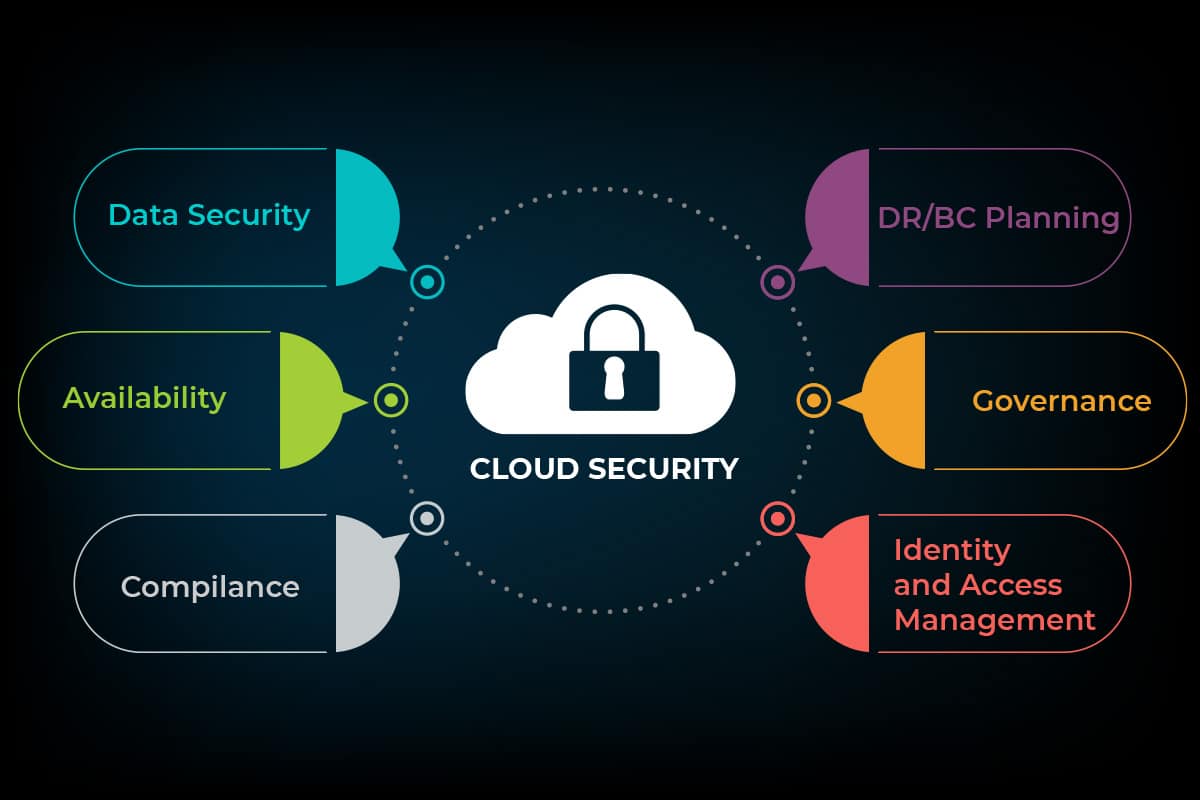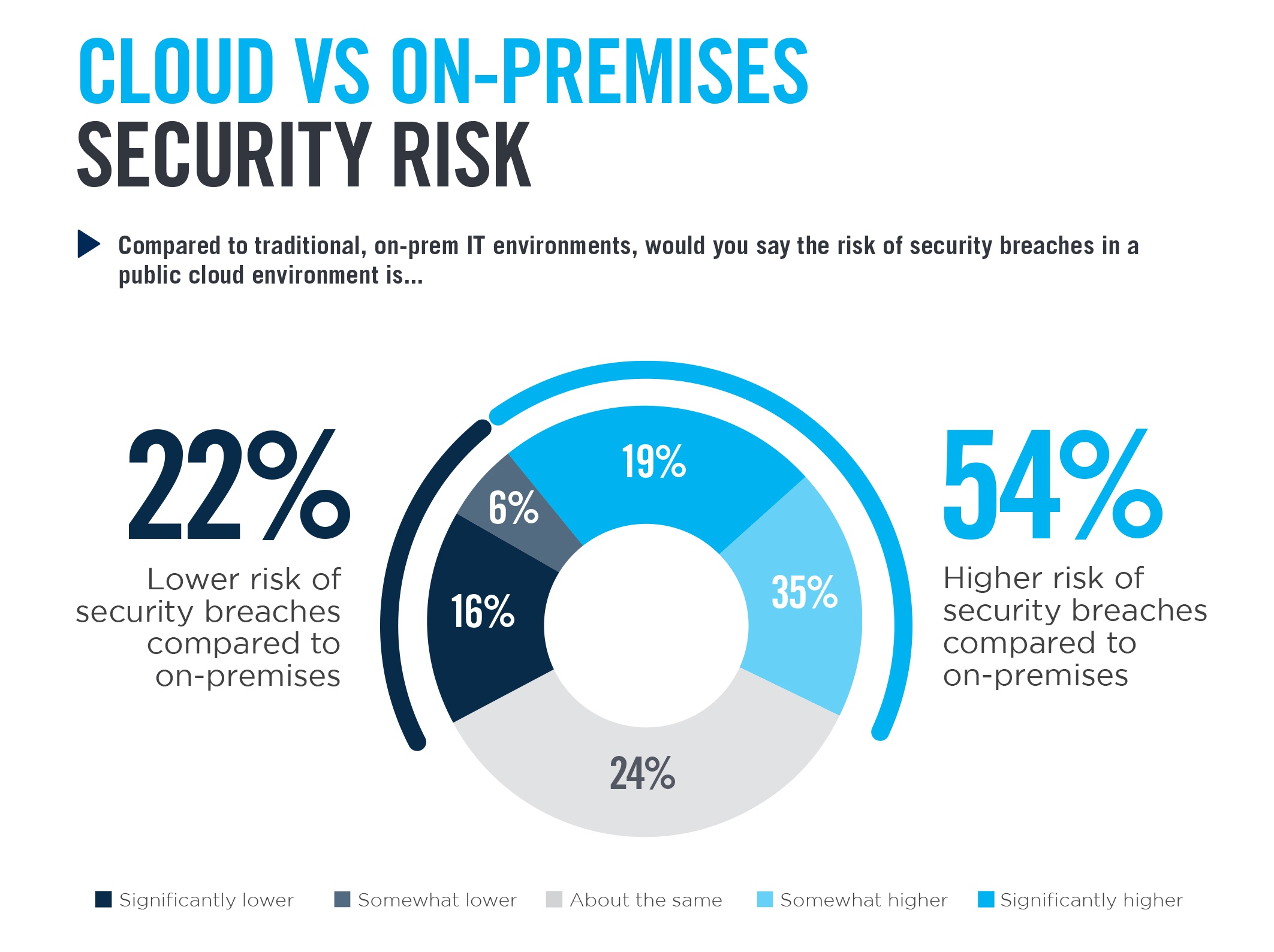Cloud Security: Understanding the Shared Responsibility Model

The cloud is a hot topic for small businesses all the way to global enterprises but remains a broad concept that covers a lot of online territory. As you begin to consider switching your business to the cloud, whether it be for application or infrastructure deployment, it is more important than ever to understand the differences and advantages of the various cloud services and cloud security.
As a Large Enterprises/Organisations are increasingly embracing the automation and the advantages offered by the cloud, often we consider many of the benefits: scalability, elasticity, agility, and flexible pricing. As great as these features are, security also remains a business-critical concern. Fortunately, there are things you can do to strengthen your cloud security program and reduce your risk of data breach.

If you’re considering moving your business to the Cloud, here are three important acronyms to wrap your head around:
These are the three main types of cloud computing You’ve probably heard of them before; they’re all experiencing a surge in popularity as more businesses move to the Cloud. But in any deployment model, you must play an active role in your cloud deployment, configuring your CSP’s security controls and monitoring your cloud solution to make sure your data stays protected.
Regardless of which deployment type is used, the customer is always (and will always be) responsible for managing the most important asset: customer data. Similarly, analyzing the workload, traffic, and performance is always the responsibility of the customer. While cloud services guarantee individual components are within SLAs, the customer is always responsible for managing their own workload
What is Shared Responsibility Model ?
The shared responsibility model is a model for cloud operations in which you and your cloud service provider (CSP) divide up the responsibilities for your cloud deployment. Your CSP may handle everything from physical networks, servers, and storage to hypervisors, virtual networks, middleware, runtimes, operating systems, and even applications, but you’ll be responsible for the rest. In other words, no matter what level of service your CSP offers, you’re responsible for the security and compliance of some part of your cloud deployment.
Security is broken into two components: security “of” the cloud and security “in” the cloud. For the sake of discussion, here is the AWS definition of this model:

This shared model can help relieve the customer’s operational burden as AWS operates, manages and controls the components from the host operating system and virtualization layer down to the physical security of the facilities in which the service operates.
Why is the shared responsibility model important?
The shared responsibility model is important because it should drive both your cloud migration strategy and your ongoing cloud security plan. For example, if you use your own apps in the cloud in a PaaS or IaaS model, you’re responsible for their security. And because an application’s vulnerabilities follow it wherever it goes—you can’t just “configure away” vulnerabilities in the cloud—you’ll have to conduct application security testing on your cloud apps. If you use your CSP’s applications in the SaaS model, you’re not responsible for application security.
Layots has 20+ years of unmatched experience in IT management. Our solutions offer speed, agility, and efficiency to tackle business challenges in the areas of service management, automation, and operations. So if you are investigating to migrate your business to cloud, Layots can help you to review your options and architect a system that works best for your organization. To know more about this solution, PING US !!!

